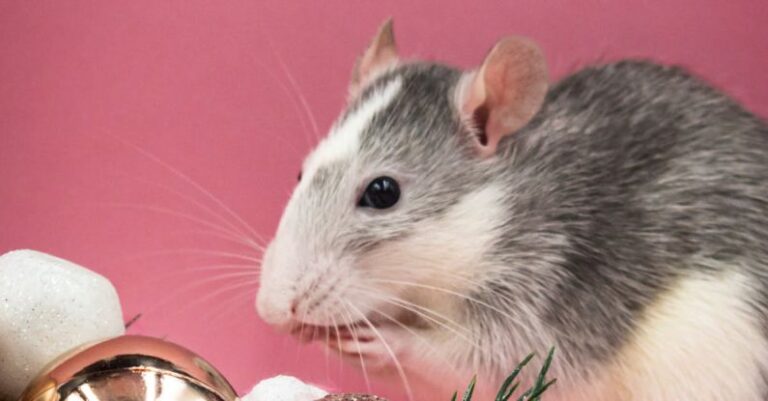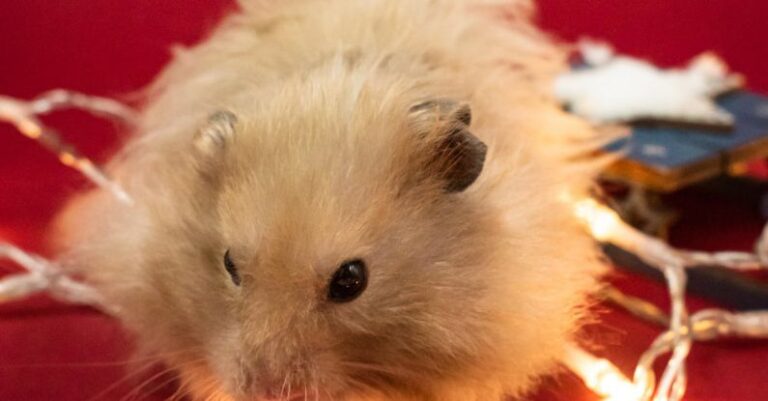
Hamsters are delightful and curious creatures that make wonderful pets. When setting up their habitats, it’s essential to create an environment that mimics their natural habitat as closely as possible. Incorporating natural elements into their living space not only enhances their well-being but also provides mental stimulation and enrichment. In this article, we will explore the best natural elements to include in a hamster habitat to ensure they are happy and healthy.
**Subheading: Wood**
Wood is a fantastic natural element to include in a hamster habitat. Not only does it provide a chewable and gnawable surface for your hamster’s teeth, but it also mimics their natural environment. Opt for untreated wood branches or logs that are safe for hamsters to chew on. Birch, apple, willow, and hazel are excellent choices as they are non-toxic and safe for hamsters to gnaw on. Wood items such as tunnels, bridges, and hideouts can also add a touch of nature to your hamster’s habitat while providing them with places to explore and hide.
**Subheading: Sand Bath**
Hamsters love to groom themselves, and a sand bath is a perfect natural element to help them keep clean and healthy. Providing a small container filled with chinchilla sand or dust for your hamster to roll around in helps to absorb excess oils and moisture from their fur. This natural behavior not only keeps their coat in good condition but also provides them with a fun and enriching activity. Make sure to only use sand specifically designed for chinchillas or hamsters, as other types of sand can be harmful to their skin and respiratory system.
**Subheading: Natural Substrate**
Choosing the right bedding for your hamster is crucial for their comfort and well-being. Opting for natural substrates such as aspen shavings, paper-based bedding, or hemp bedding is ideal as they are safe and non-toxic for hamsters. These natural substrates allow hamsters to burrow and dig, satisfying their natural instincts. Avoid cedar and pine shavings as they contain aromatic oils that can be harmful to your hamster’s respiratory system. Providing a thick layer of natural bedding in their habitat creates a cozy and comfortable environment for your furry friend.
**Subheading: Plants**
Adding live plants to your hamster’s habitat not only brightens up their living space but also provides them with a sense of the outdoors. Choose non-toxic plants such as spider plants, safe herbs like parsley and mint, or grasses that are safe for hamsters to nibble on. Live plants help to improve air quality, provide enrichment, and create a more naturalistic environment for your hamster. Make sure to research and select plants that are safe for your hamster to prevent any potential health risks.
**Subheading: Natural Hideouts**
Hamsters are naturally inclined to seek shelter and hide in the wild, so providing natural hideouts in their habitat is essential. Wooden hideouts, coconut huts, or grassen tunnels are great options for your hamster to retreat to when they want some privacy. These natural hideouts not only offer a safe space for your hamster to rest but also encourage their natural behaviors. Place hideouts in different areas of the habitat to create a sense of security and variety for your hamster.
**Subheading: Natural Chews**
Chewing is a vital behavior for hamsters as it helps to wear down their teeth and prevent overgrowth. Natural chews such as apple sticks, willow balls, or loofah toys are excellent options to keep your hamster’s teeth healthy and entertained. These natural chews mimic the types of materials hamsters would chew on in the wild and provide mental stimulation and enrichment. Rotate different types of chews regularly to keep your hamster engaged and satisfied.
In conclusion, incorporating natural elements into your hamster’s habitat is essential for their physical and mental well-being. Wood, sand baths, natural substrate, plants, hideouts, and chews are all fantastic additions to create a naturalistic and enriching environment for your furry friend. By providing a habitat that mimics their natural environment, you can ensure that your hamster is happy, healthy, and thriving in their home.





